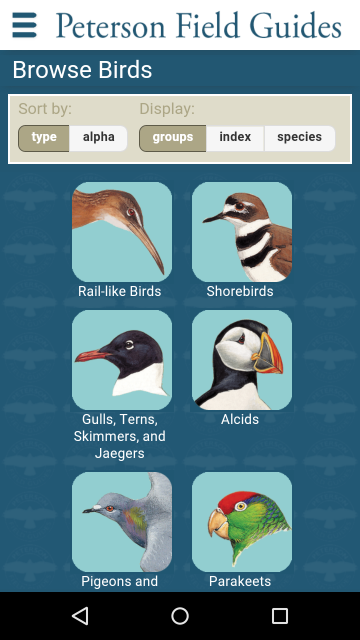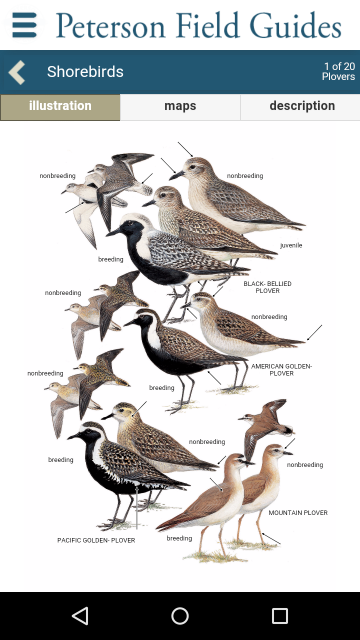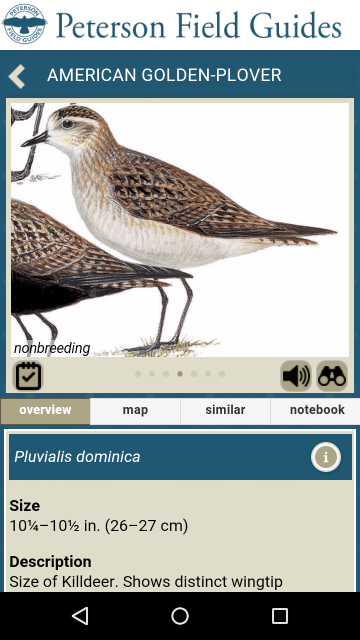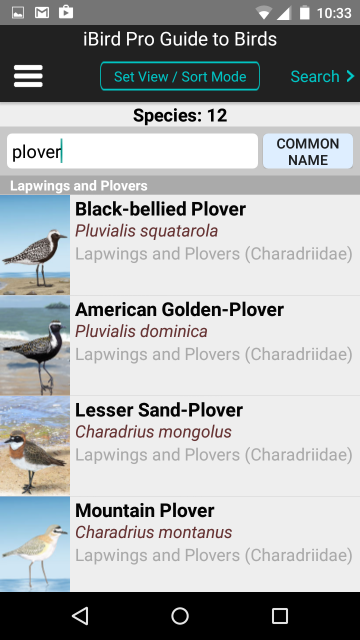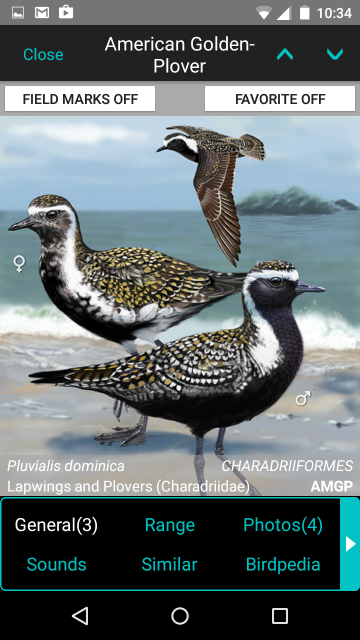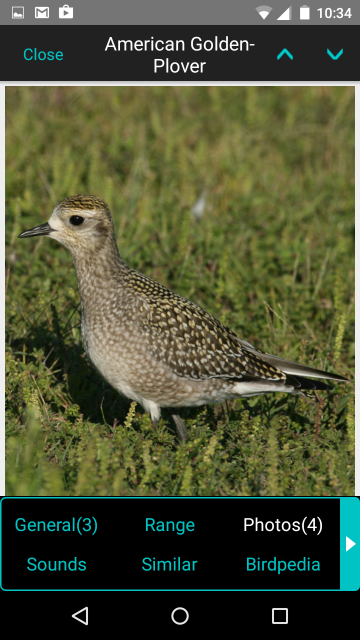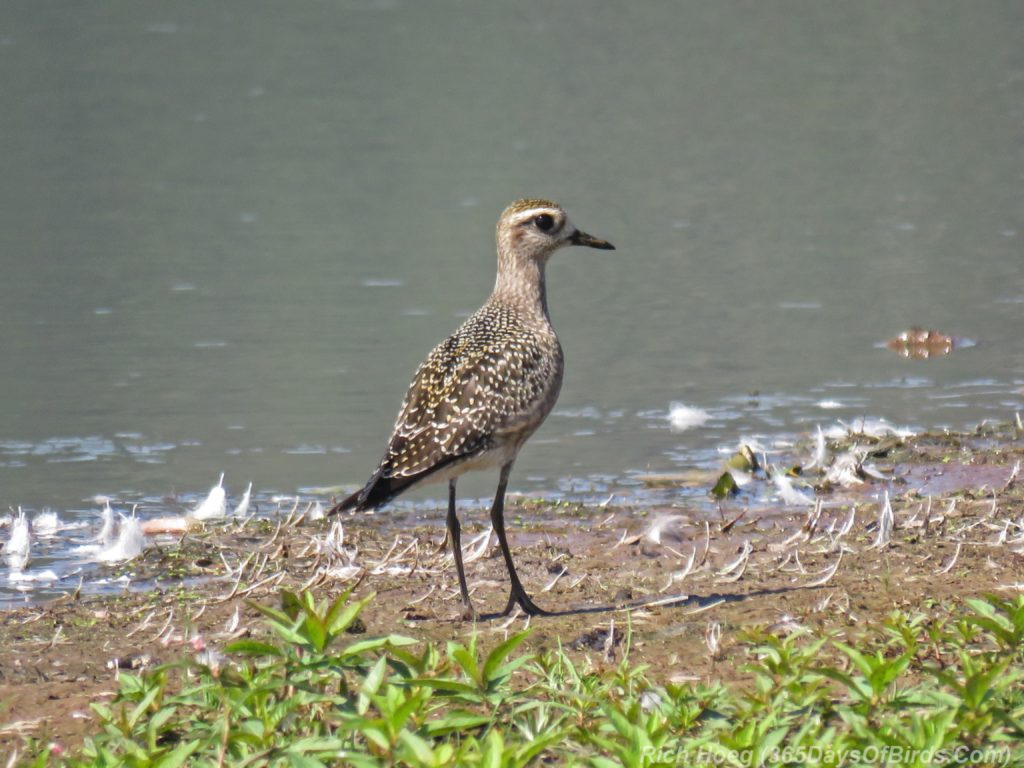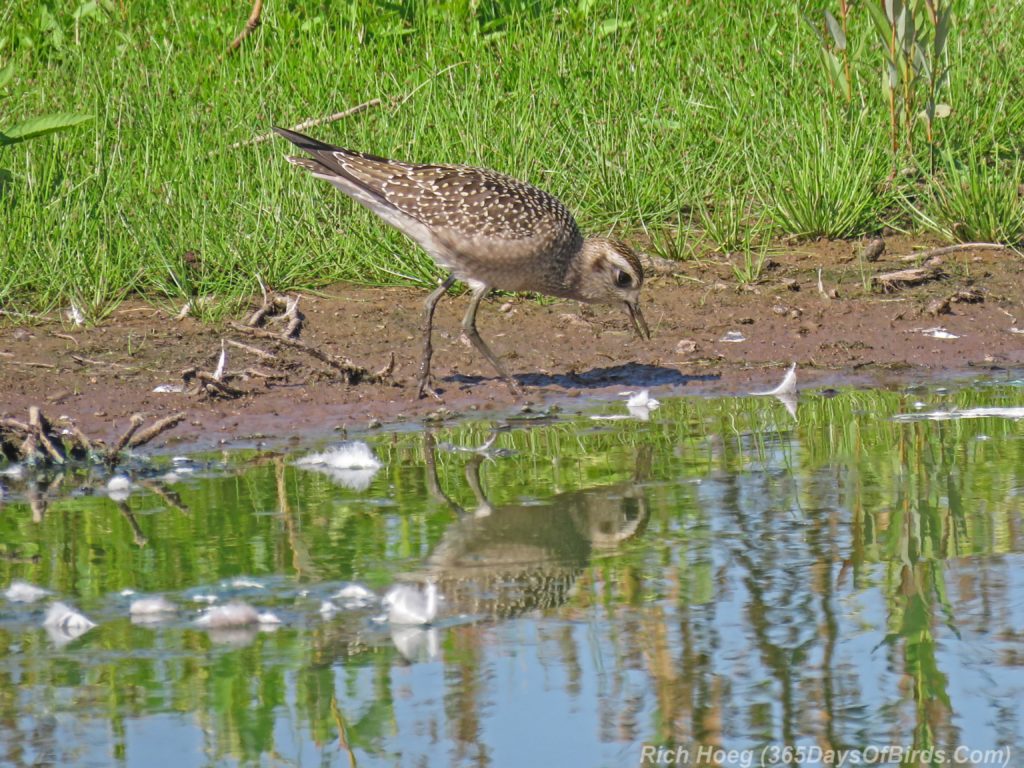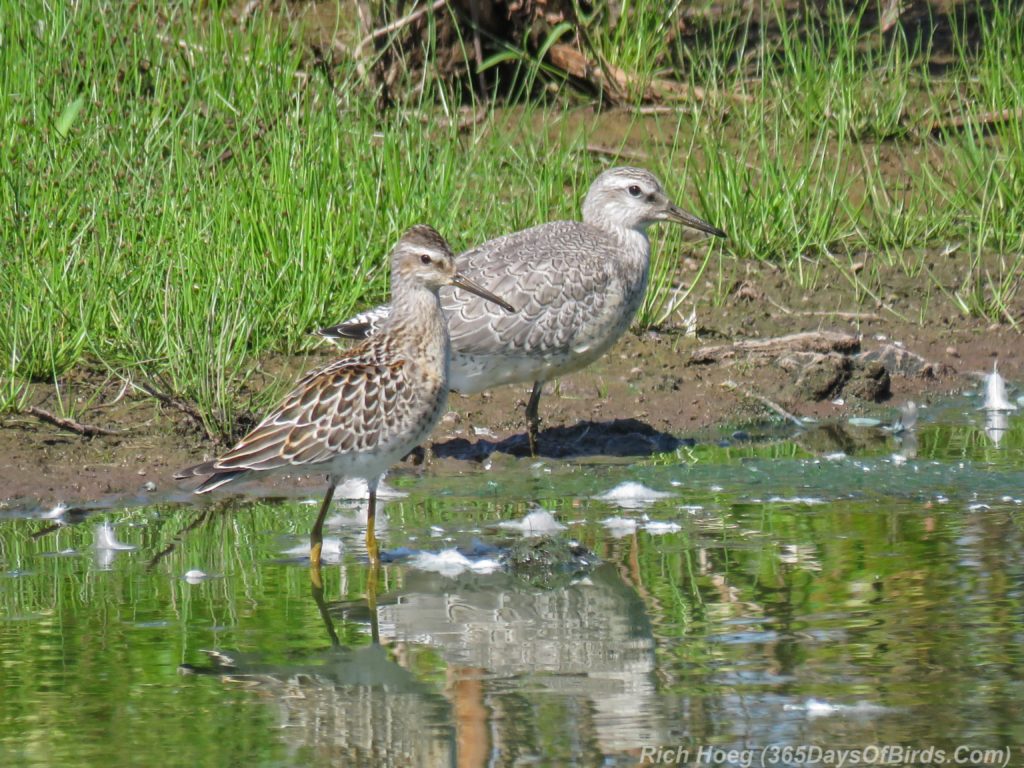The Park Point Recreation Playing Fields (Duluth) are continuing to produce since the rain two nights ago … not huge numbers but some nice variety of shore birds. Found this buff-breasted sandpiper and a pair a semi-palmated plovers this morning.
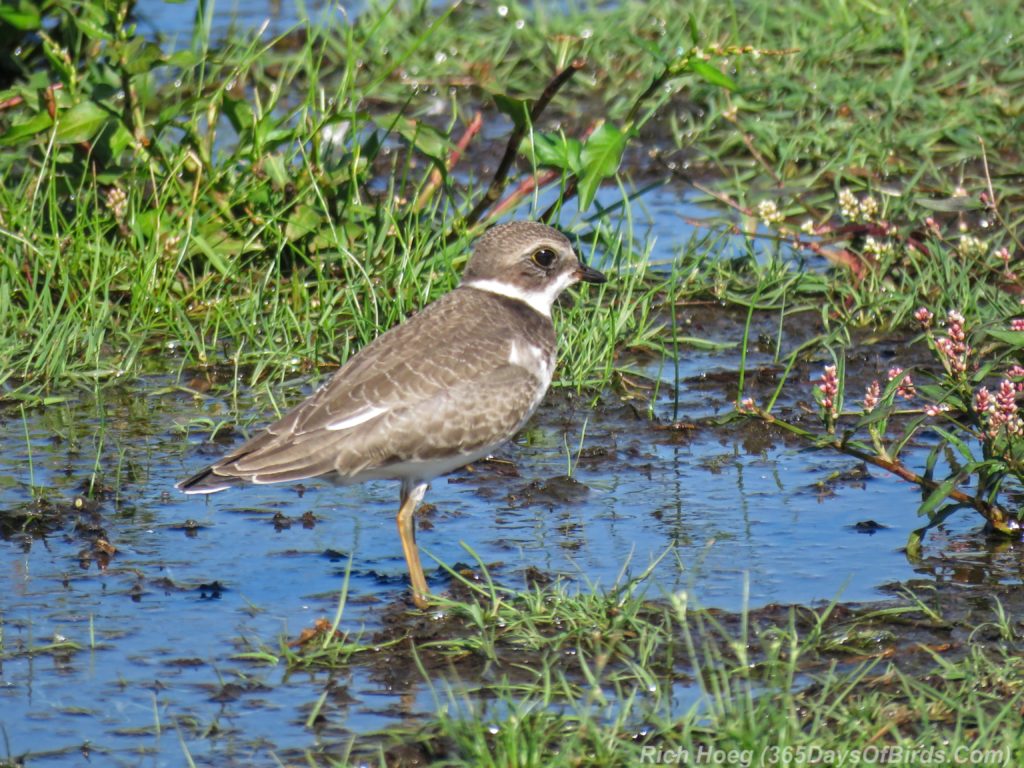
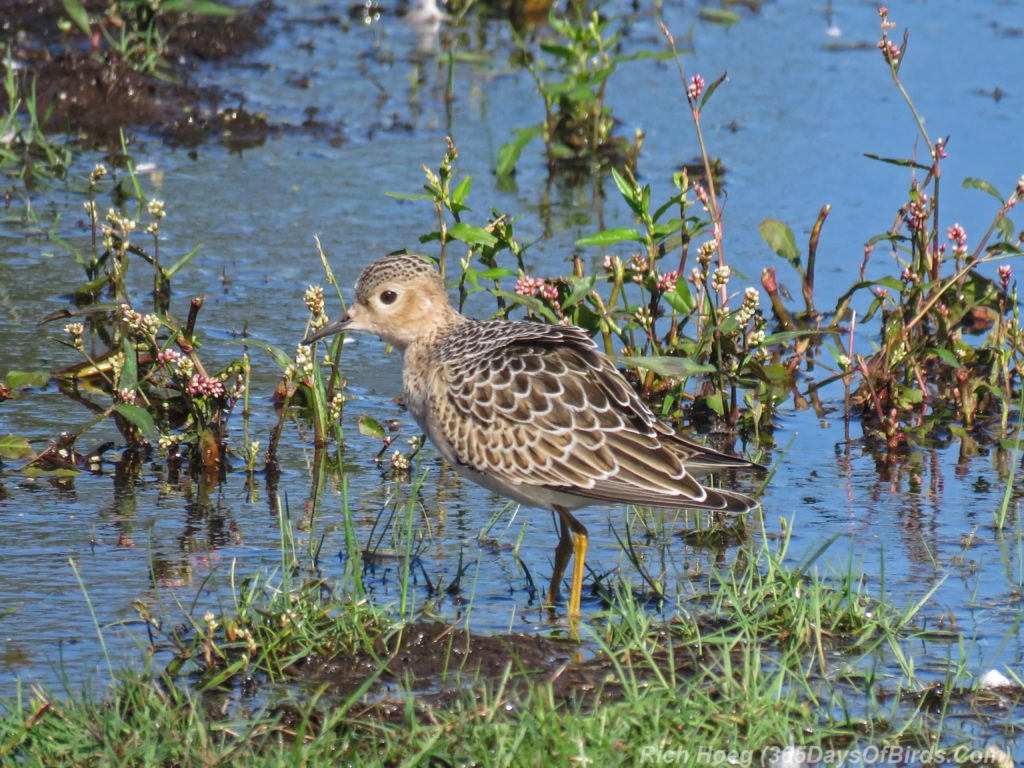
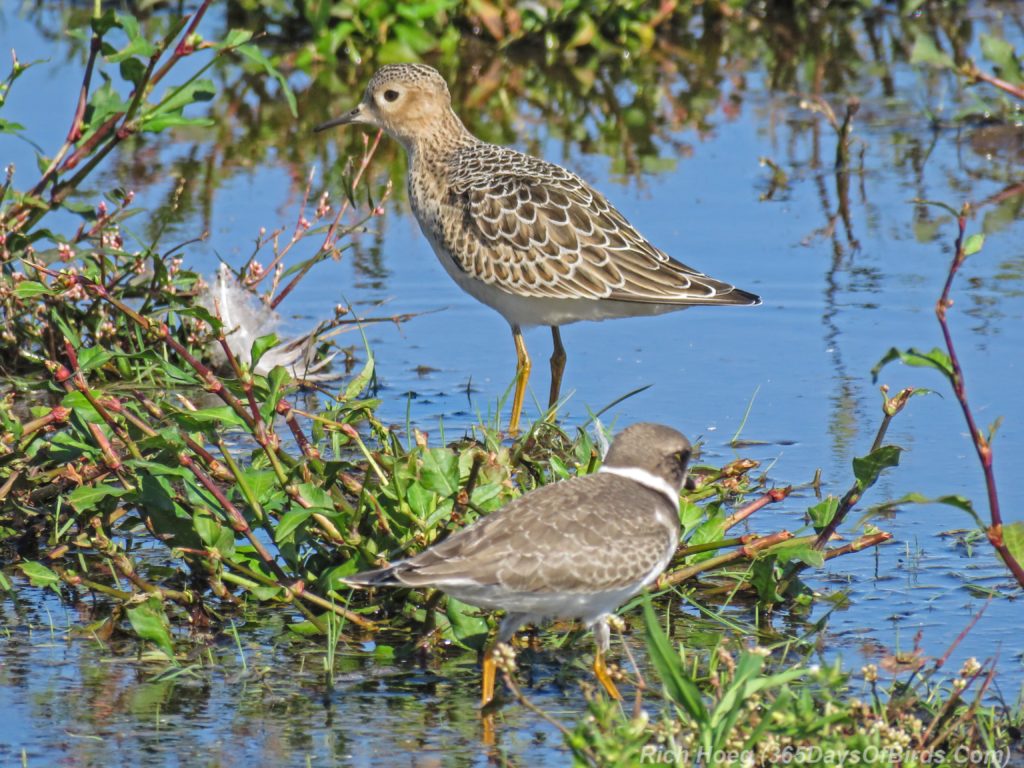
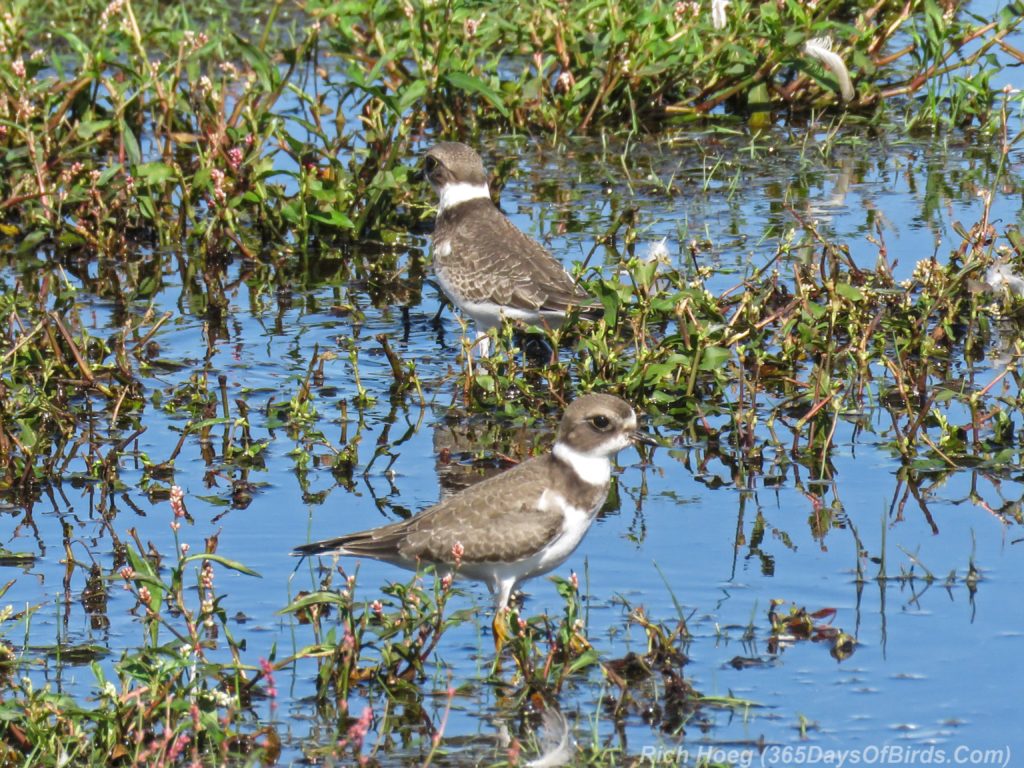
Monthly Archives: August 2016
Lightning Strikes & Other Stories!
Flash! Boom!
All summer I have been trying to capture the flash which precedes boom. Photographing lightning strikes is not easy. First one needs a severe thunderstorm, and then one must add a crazy photographer who wants to head out during the night to chase lightning bolts. I am one of those crazy photographers, but I do follow safe procedures:
- If the storm has a tornado watch, I never head out
- If the weather radar signature looks horrible, I wait at home for a storm to pass
- I never photograph out in the open. Aside from getting wet, one becomes a prime target for lightning. No image is worth death.
This Spring I found the perfect spot for my lightning photographic endeavors. Duluth has a large stone gazebo well up the hill from which I may keep both myself and my camera equipment dry and somewhat shielded from the wind. In addition, given the topography of the land and trees behind the gazebo (7th St just west of Lake Ave), it is not out in the open, but has a decent view down to the harbor. I have visited this spot 4 times this Summer, generally in the middle of the night. Last night I struck paydirt! In fact, I would not be surprised if the storm was our last big event of the summer as we now head into fall. Here is the image: (other stories follow the Duluth Lightning image)
Lightning Strikes … Summer becomes Fall!
Thunder Storms with accompanying big rains yield interesting birds during the Fall migration. Often these storms are proceeded by strong winds which push migrating birds off their migration path. This morning the large ponds which had formed on the Park Point Playing Fields from last night’s rains yielded two American Golden Plovers. Similar to yesterday’s post, neither of these birds were in male breeding plumage, which makes ID’ing a challenge.
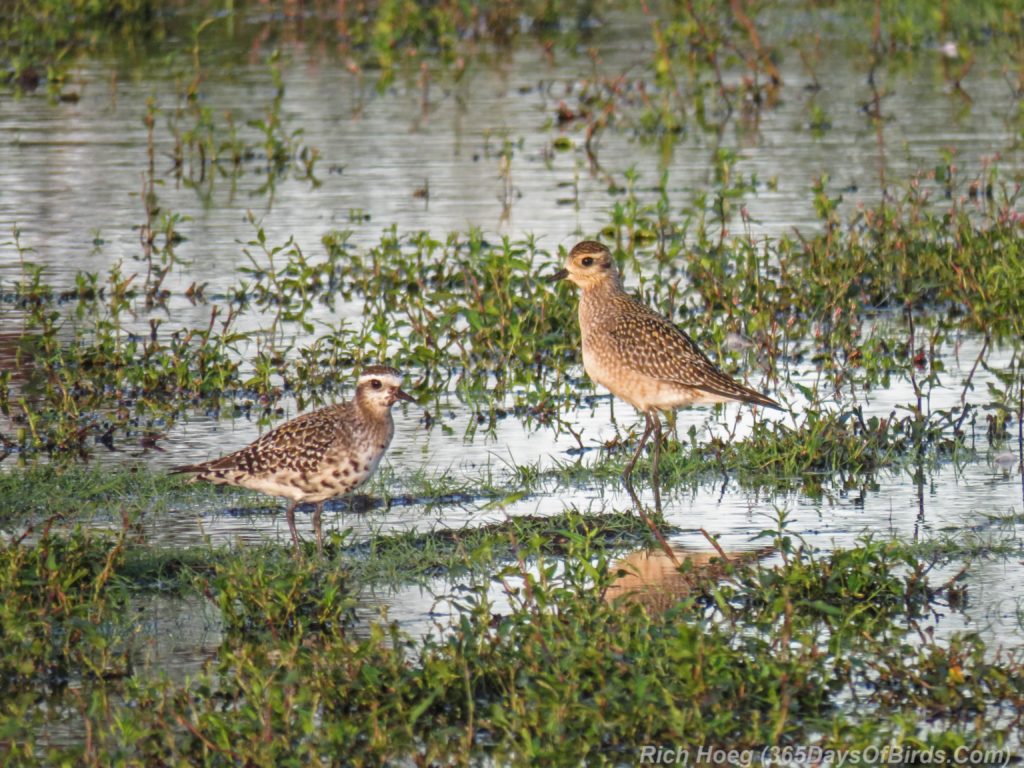
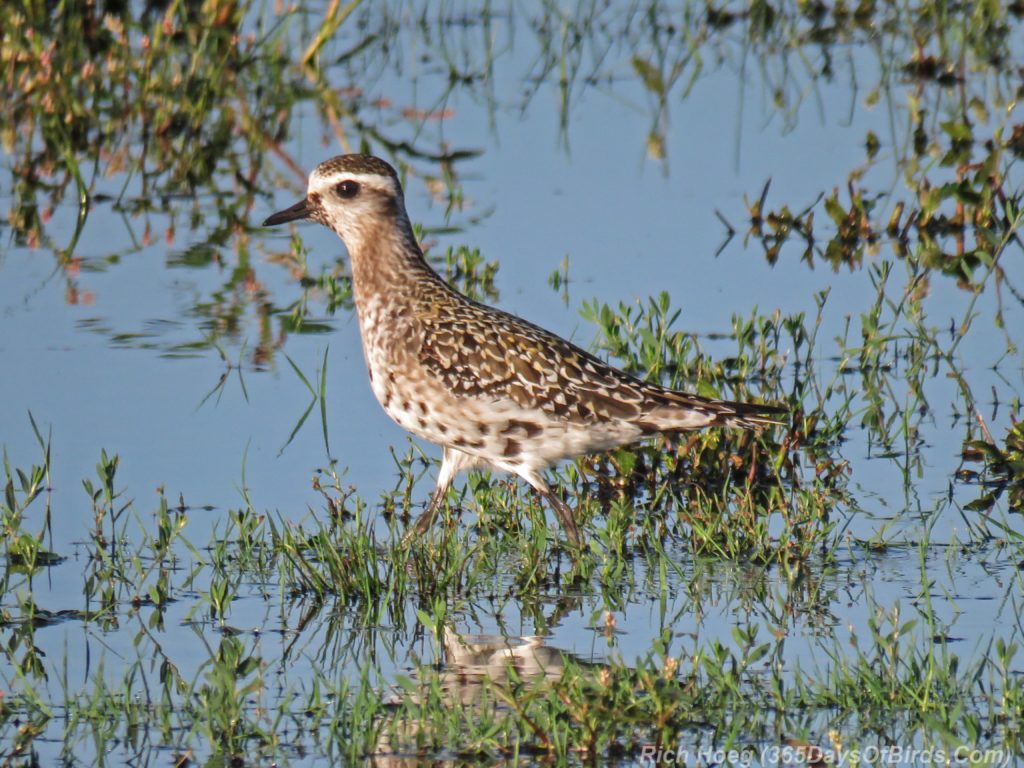
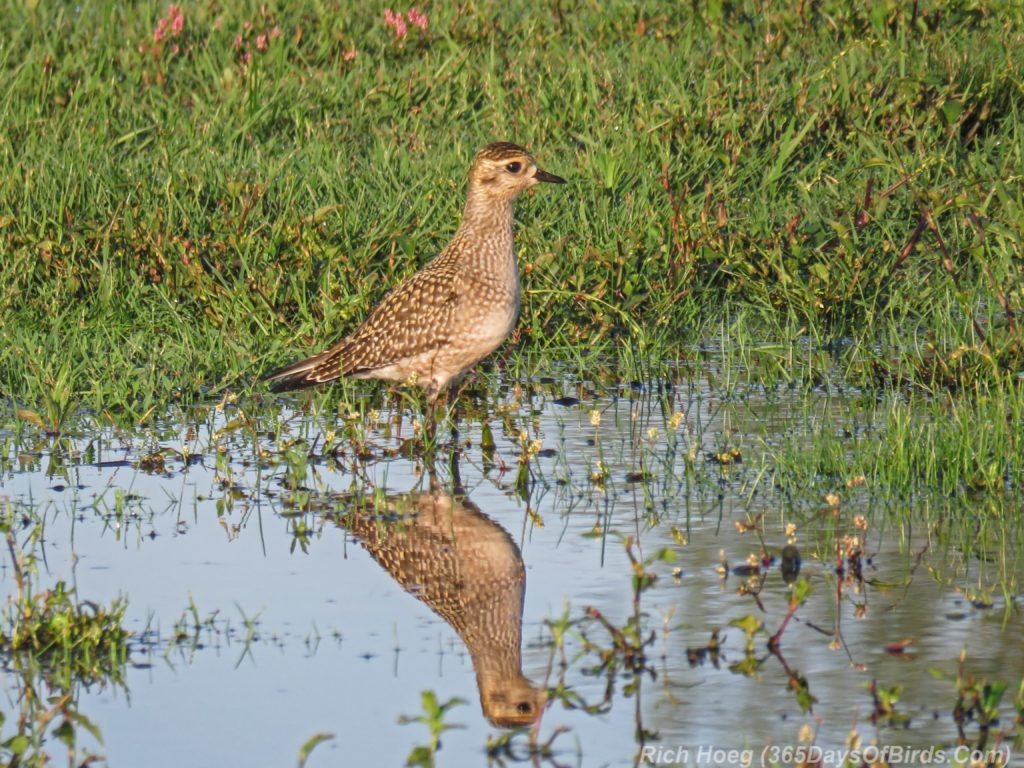
Bird Apps and the American Golden Plover
Yesterday afternoon I spent some time down on the Duluth waterfront. Although the number of shorebirds was not huge, the mud flats produced in species number what they did not produce in sheer numbers. However, I continue to have difficulty identifying shorebirds which I only see every year or so during their migration from the Arctic down to the Caribbean or South America.
Thankfully some friends were over for dinner, and Pastor Greg helped me with my American Golden Plover ID. Shorebirds, like many bird species, are difficult to identify. During the fall migration these birds are often not in their breeding plumage, and the female and juveniles are sporting feathers that never look like the males. In short, it’s difficult. Greg used his Sibley App on his iPhone. Although I had spent significant time on my own app, iBird, I had not been able to make a certain identification.
My frustration led me to spend time this morning in reevaluating bird apps. While I like iBird for its excellent photos, bird facts and recorded songs, if the bird I am seeking to identify is not a male in breeding plumage, iBird falls short. For the present I hae started using Peterson’s Field Guide. As of this morning, this app is an addition to my smartphone and tablet. While its photographs and facts are not as extensive at iBird’s, in terms of making initial ID’s this app works well. Peterson’s allows one to easily page between screens of similar birds (like shorebirds), and view drawings with key features pointed out not only of males in breeding plumage, but also of females and juveniles with their unique feather schemes.
I have included three screenshots from each app in the order I found and moved to information on the American Golden Plover. I used the same process later to ID a Red Knot in winter plumage and a Stilt Sandpiper. The combination of using both apps in tandem is working very well for me.
Peterson’s Field Guide (Android App): Notice how birds are not only grouped together, but more than just the male in breeding plumage is included.
iBird (Android App): The app only showed my the male bird in breeding plumage until I selected the American Golden Plover. Thus, I needed to have some inkling at what I was viewing, even though feather patterns were very different. Once I made the bird selection, the photographs, facts and sounds far exceed Peterson’s.
American Golden Plover
Red Knot (backgound) and Stilt Sandpiper (foregound)

